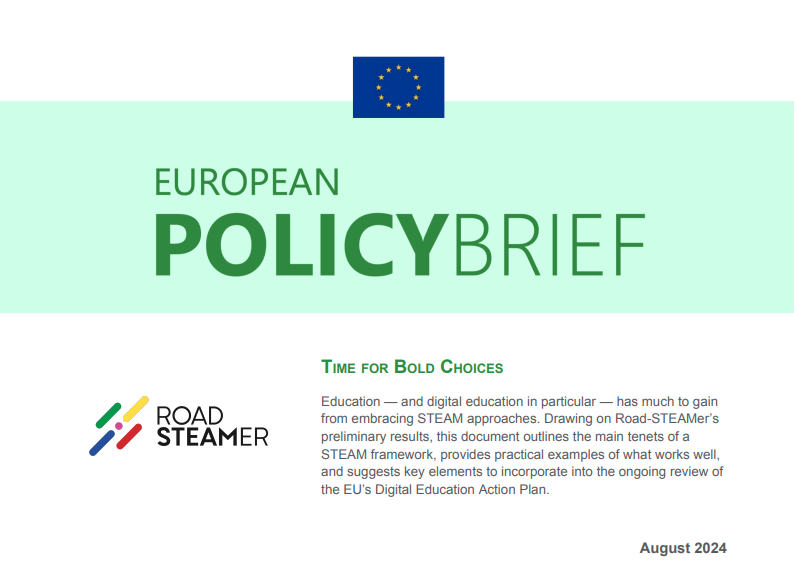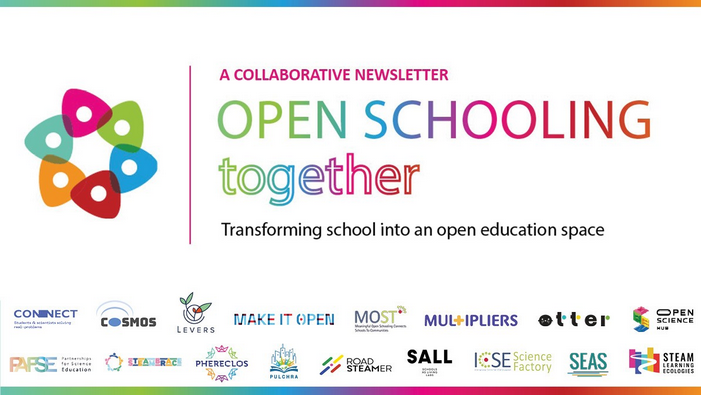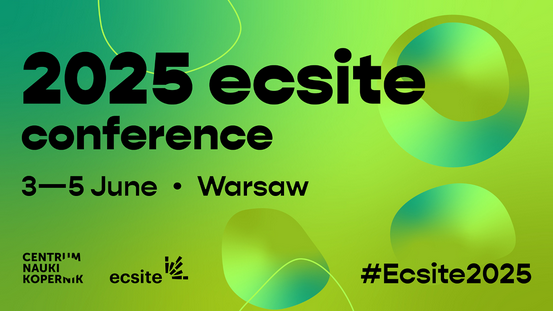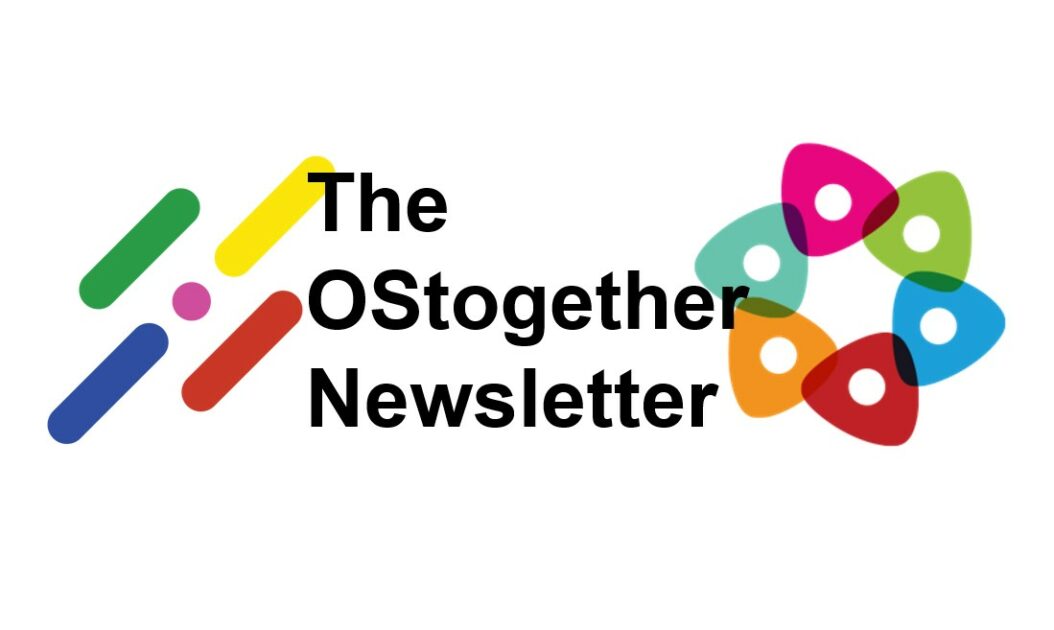The latest Road-STEAMer policy brief makes the argument that STEAM education does not merely benefit Science, Technology, Engineering, the Arts and Mathematics, but can be critical to achieving other policy priorities, such as the development of digital skills, which is currently very high on the EU agenda with the review of the Digital Education Action Plan. Drawing on Road-STEAMer’s preliminary results, this document outlines the main tenets of a STEAM framework, provides practical examples of what works well, and suggests key elements to incorporate into the ongoing review of the EU’s Digital Education Action Plan.
We titled this policy brief “Time for bold choices” because we think the challenges of the future need more than modest course corrections. If we agree that the world is changing so much that business-as-usual is no longer an option, then education-as-usual should be ruled out, too. And yet “STEM” education remains the main frame of reference for most policy documents we examined. When the arts are mentioned, it is often done in a very instrumental way, as a way to get more students – and in particular, female students – interested in STEM disciplines. This is a remarkably narrow view of STEAM that does not take into account the transformative potential of these innovative learning approaches.
Road-STEAMer’s distinctive framework for STEAM (infographic | full report) features creativity very prominently, together with breaking disciplinary silos. Other core elements are collaboration, real-world connections, thinking-making-doing, and ensuring inclusivity, personalisation and empowerment, all underpinned by a strong commitment to equity. Adopting STEAM approaches does not just change the educational experience, but it is likely to change its outcomes, leading to more critical thinking, inclusive science and tackling real-world challenges. There are plenty of examples of successful STEAM practices, both in schools and in informal educational settings – as shown in our interactive map of STEAM practices – in this paper we focus on three of them that have a strong digital component:
- Learning Digital Skills through Arts and Performance (LeDS in short), in which students create an artistic performance using various digital tools e.g. for lighting, video effects and more.
- Global Game Jam Next: A virtual event in which a group of young people (12-17 years old) design and prototype a video game or board/card game with the support and mentorship of researchers and industry insiders;
- Ocean connections – a project that uses digital technologies like augmented reality and virtual reality to allow learners to experience the depth of the oceans.
To encourage greater uptake of STEAM practices we refer to Road-STEAMer’s recent analysis of conditions and requirements (see full report), and we put it in the context of digital education by recommending that the review of the Digital Education Action Plan considers the following:
- Fully and consistently embrace the transformative potential of STEAM, instead of considering it as an instrument to bring women into STEM (as in Action 13), and expand to foster broader inclusivity measures for improved representation.
- Include STEAM (rather than STEM) in Erasmus+ work programme priorities (action 13).
- Integrate disciplinary inter-relationships in guidance related to teaching informatics (action 10).
- Openly incorporate STEAM into the European Digital Education Content Framework (action 3)
- Incorporate STEAM into the European Digital Education Hub
While conceived primarily for the European Union’s Digital Education Action Plan, the above recommendations could also be taken on board at national level when improving the provision of digital education, and more broadly in wider future educational reform.



